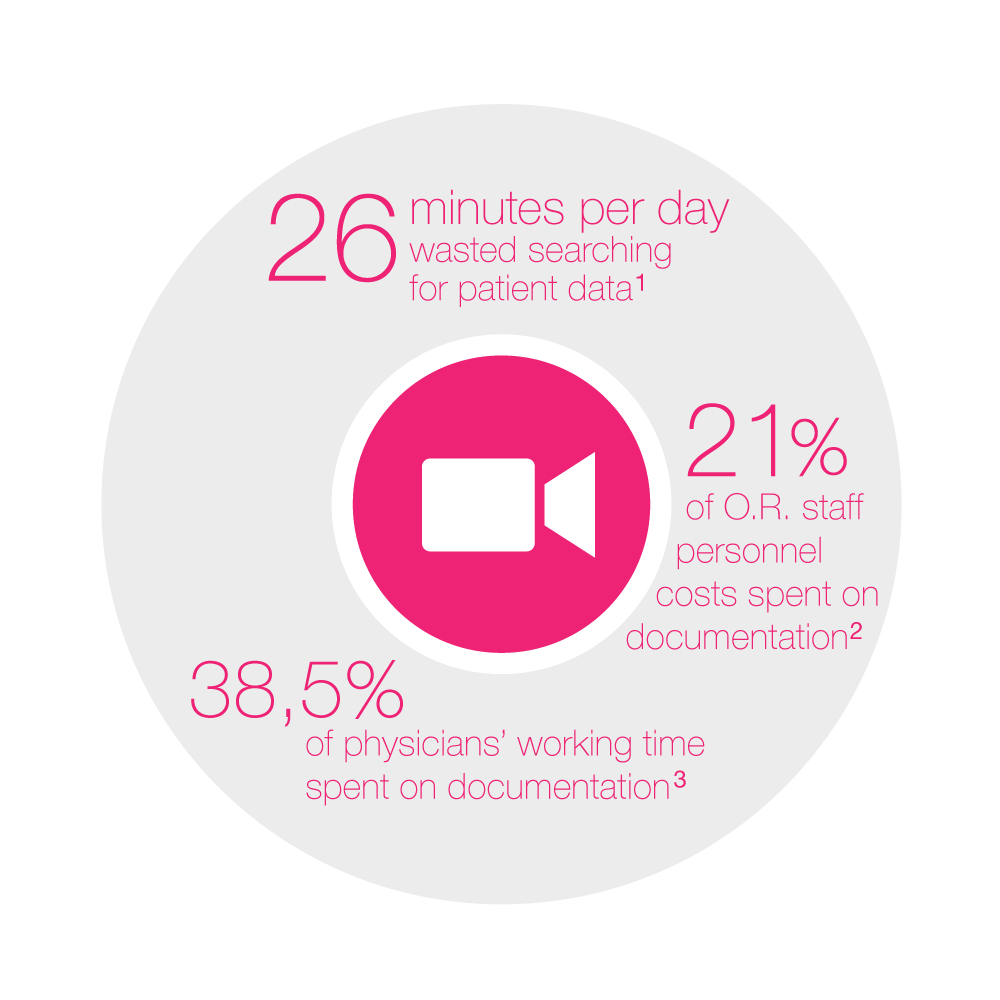Surgical Documentation
Unlocking the full potential of surgical data
One of the top priorities of digital operating rooms is to streamline, simplify and consolidate this influx of data to free up time for not only the surgeon, but the entire surgical and hospital IT team. Brainlab Digital O.R.s work in many configurable ways to ensure smooth data workflows and a modern approach to surgical documentation.
With multi-touch Buzz acting as the only integrated central interface, a clear overview of all patient data is easy to maintain. Digital O.R.s have the potential to save the surgical team time and costs through the entire workflow, both inside and outside the operating room.
Learn more about how Brainlab integrates information from HIS, PACS and VNA in the O.R. with a simple data node.
